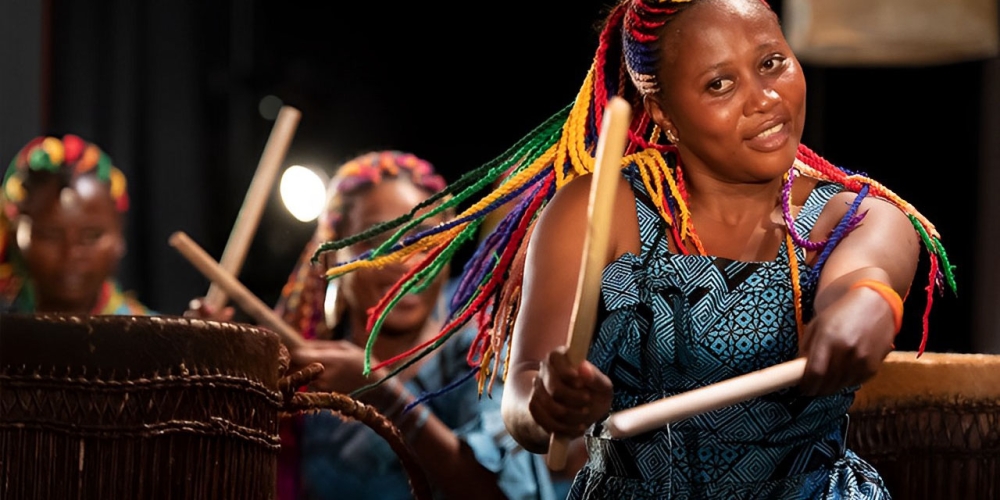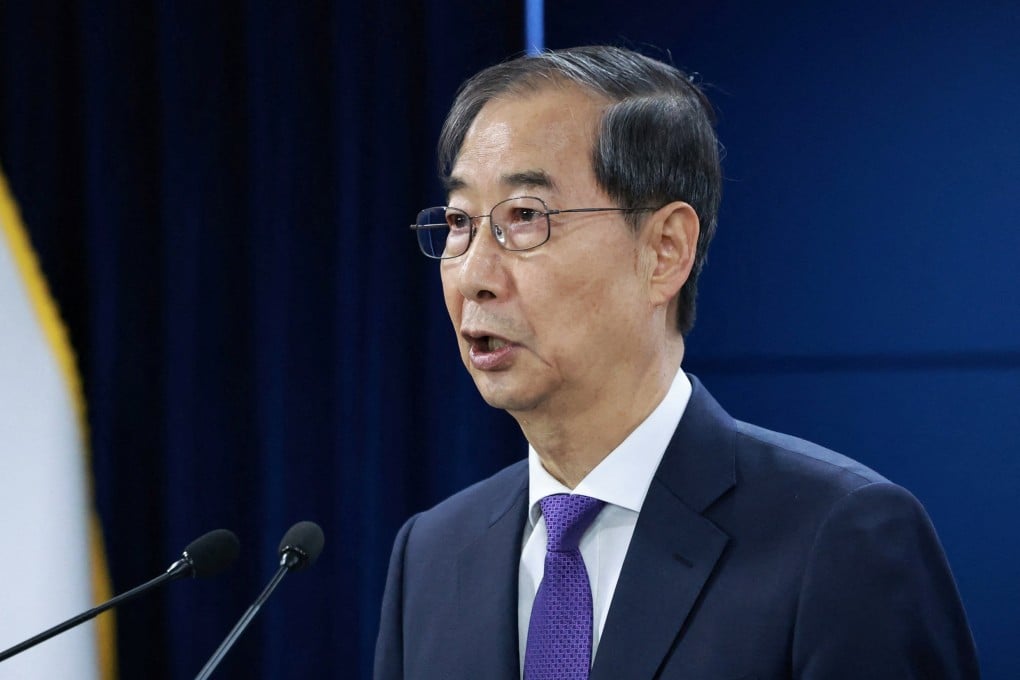There was a time in Rwanda when a woman picking up a drum would have been met not with applause, but with raised eyebrows—if not outright horror. Drumming, we were told, was not a woman’s rhythm to master. It belonged to warriors, kings, and rituals reserved for a particular order of power.
For centuries, the drum was not just an instrument; it was a sacred symbol of authority and tradition. Women were expected to sway, to sing, to stand by—but never to strike. But here we are, in the year 2025, where young Rwandan girls are drumming—publicly, proudly, and powerfully.

And as I watch them, I find myself smiling...
then pausing. Not because I doubt their ability, not because I wish to return to the silence of old—but because I believe some questions deserve to be asked out loud, not whispered behind culture’s back. Have we evolved? Or have we simply edited ourselves into a version we no longer recognizse? Don’t get me wrong, this is not an argument for exclusion.
It is an invitation to introspection. In our rightful and righteous pursuit of equality, have we mistaken imitation for liberation? Must empowerment always look like breaking a taboo? And if so—at what cost? Traditionally, Ingoma were sacred. Not just in sound, but in symbolism.
The drum wasn’t just played; it was summoned. Held by royal drummers—abakaraza b’ingoma—chosen not only for their skills but their role in upholding rituals and codes passed through generations. Women were kept from the drum not out of mere sexism (though let’s not pretend patriarchy didn’t have a say), but because certain roles were linked to spiritual and symbolic order.
That order, of course, was not perfect. No tradition is. But does rewriting every rule mean we are progressing—or simply forgetting? How far can culture bend before it breaks? And how do we know the difference between cultural evolution and cultural erosion? I’ve heard people say, “Let the girls drum! Culture evolves!” And I agree.
Culture must breathe, or it dies. But evolution, if careless, can become erosion. There is a fine line between transformation and distortion—and we are toeing it, sometimes barefoot, sometimes blindfolded.
What if, instead of asking can women drum (we already know they can), we asked why they now must? And what does it mean for our cultural soul? This isn’t about nostalgia for a time when women were voiceless. It’s about cautioning against confusing noise with resonance. Sometimes in our urge to “modernise,” we amputate rituals before understanding them.
And one day, we may look back, craving the silence we once called oppression—only to find it lost in our own echo. So I ask—not with judgment, but with love: Can we modernise without mutilating? Can we empower without erasing? Can we drum with our culture, not over it? I don’t have the answers. But I believe Rwanda is strong enough to hold the questions.
Let the daughters drum if they must. Let us all, however, listen closely—not just to the beat, but to what may be missing between the strikes. And if the sound of the drum wasn’t enough to stir the question of where the line between empowerment and alteration lies, consider this: in 2025, kwivuga—the poetic self-praise traditionally reserved for intore, Rwanda’s traditional warriors — ibyivugo were a lyrical celebration of one’s deeds, often on the battlefield.
A man’s lyrical CV, if you will. Kwivuga has now been introduced to girls. Yes,young girls crafting poetic stanzas about courage, resilience, identity.
Beautiful? Maybe. Bold? Definitely. But again, we must ask: are we reclaiming space or redrawing lines? And what was the original purpose of these traditions—do we honor it, or do we reshape it entirely? Perhaps the most courageous thing we can do is to question—not to cancel, not to conform, but to care enough to interrogate.
Not just what we’re changing, but why. Culture. Nor is it a trend to be styled and discarded.
Again, I don’t bring answers—I bring questions, because culture isn’t a relic to be preserved in glass, culture is a mirror. And I believe we should look into it, eyes wide open. A conversation between past and present.
A dance between reverence and revolution. Let the questioning begin..
Politics

Of drums and daughters: A conversation between past and present

There was a time in Rwanda when a woman picking up a drum would have been met not with applause, but with raised eyebrows—if not outright horror. Drumming, we were told, was not...















